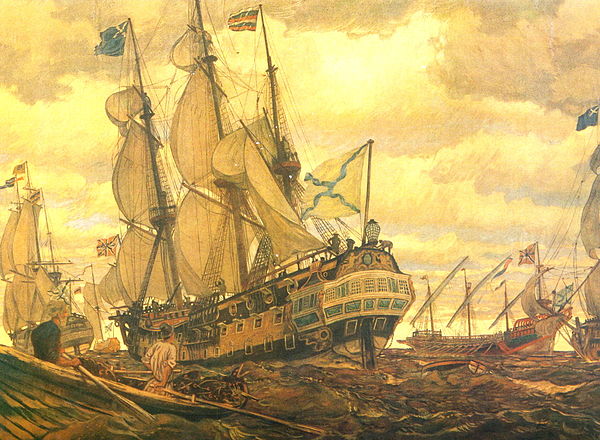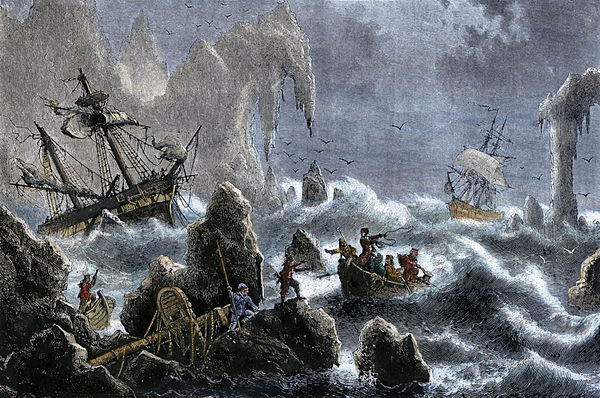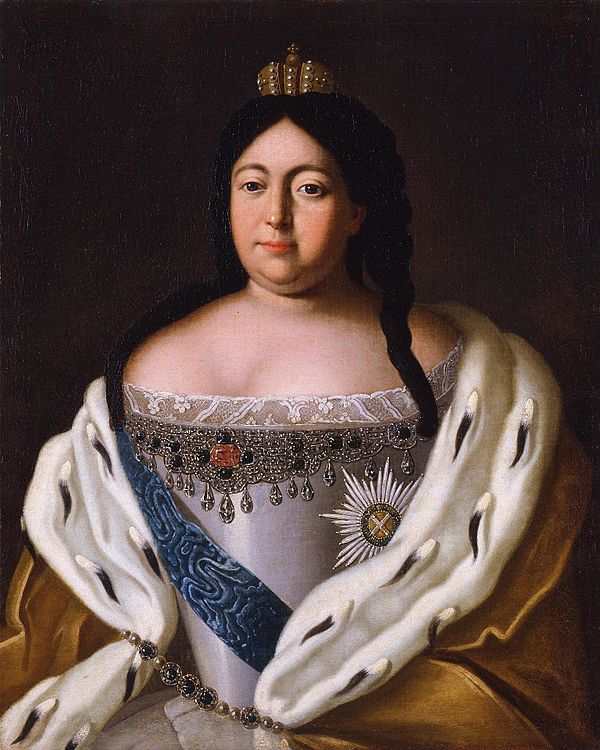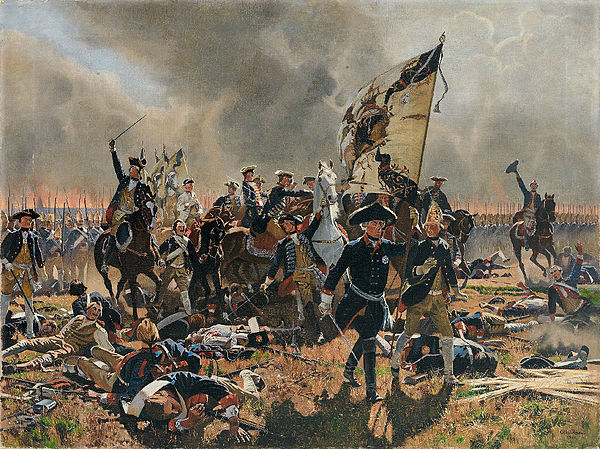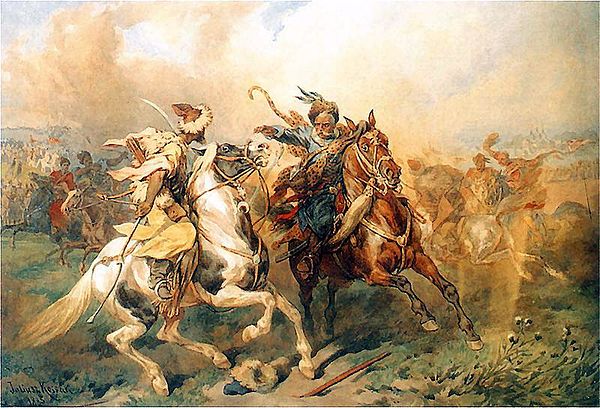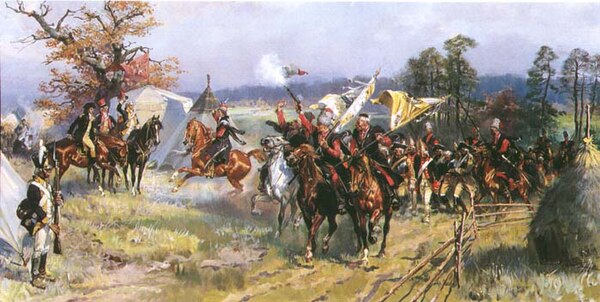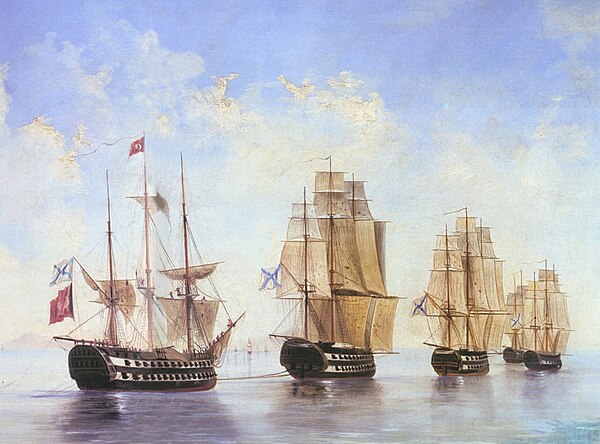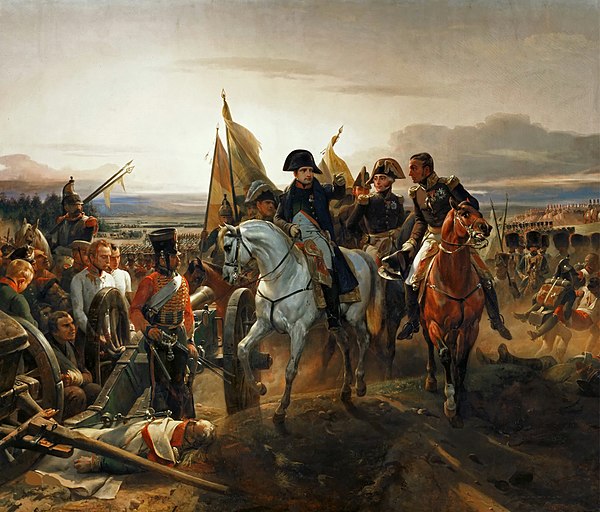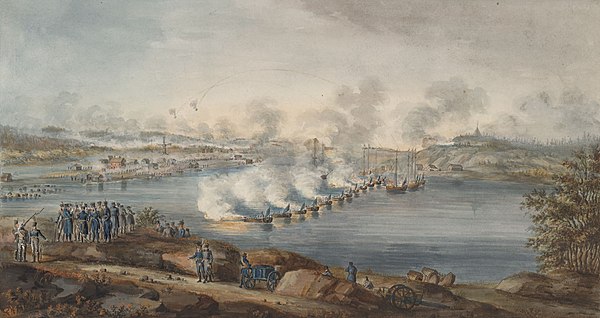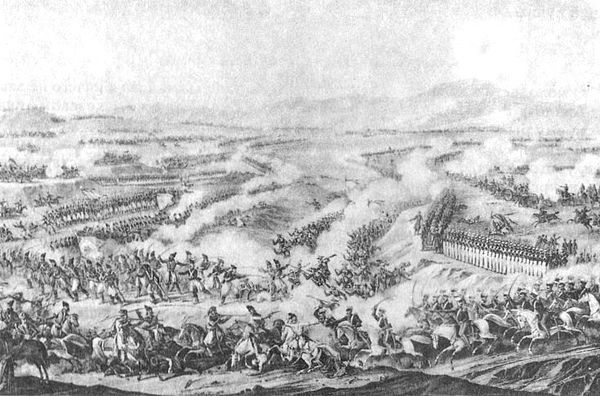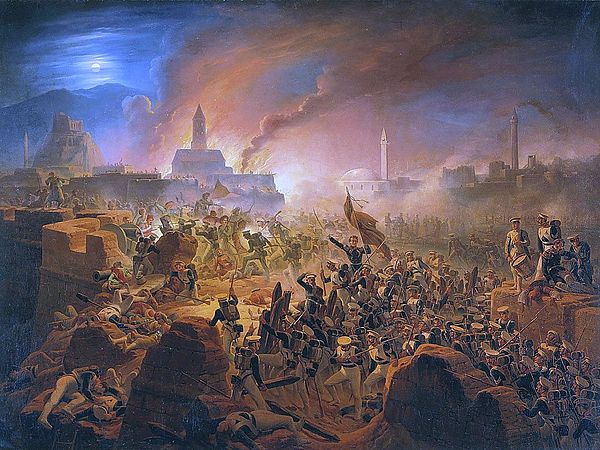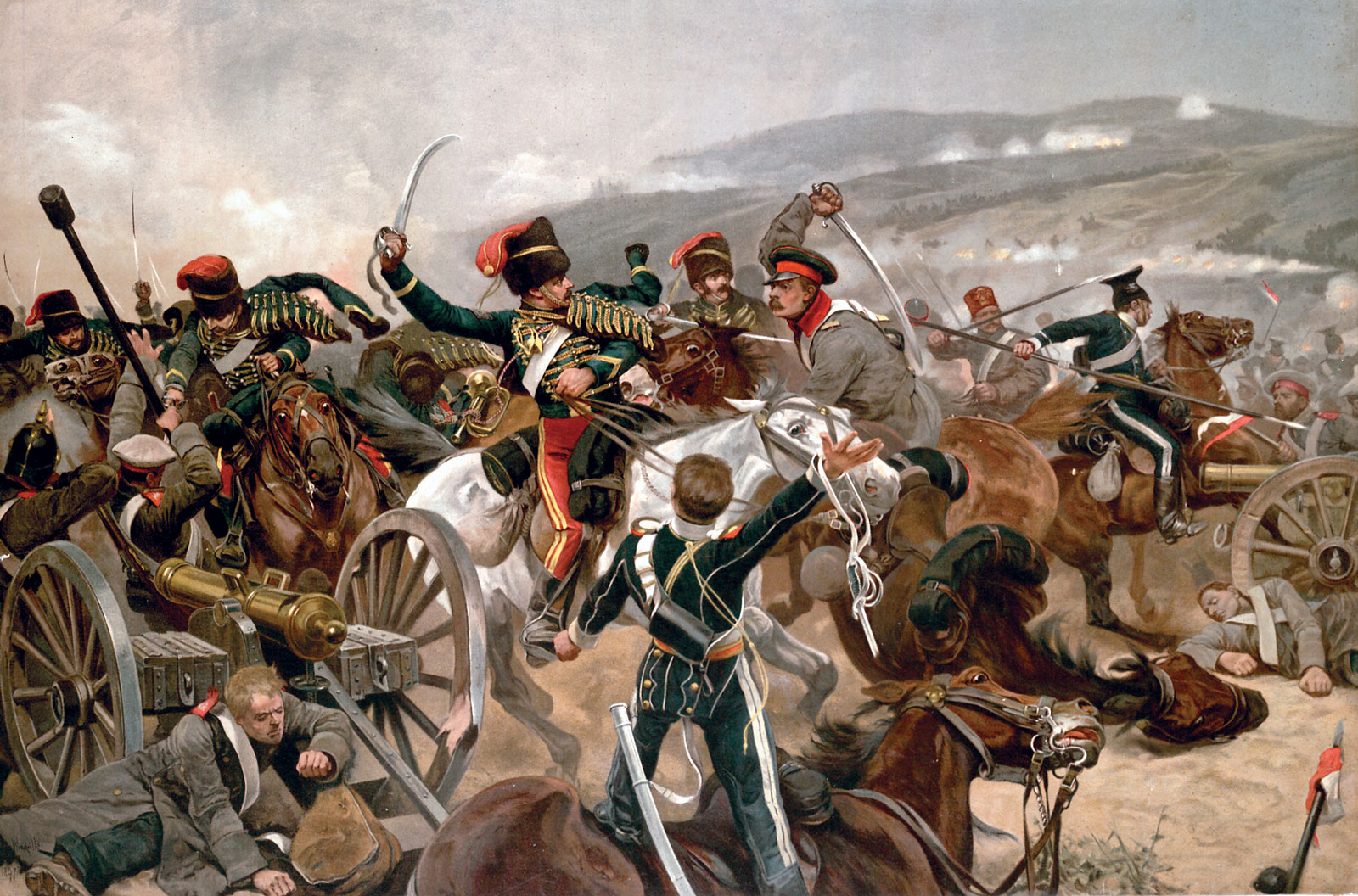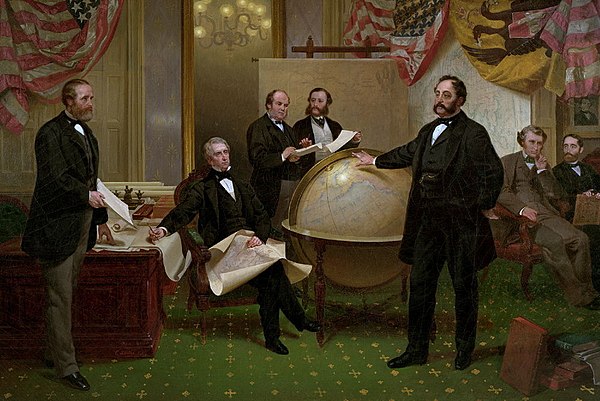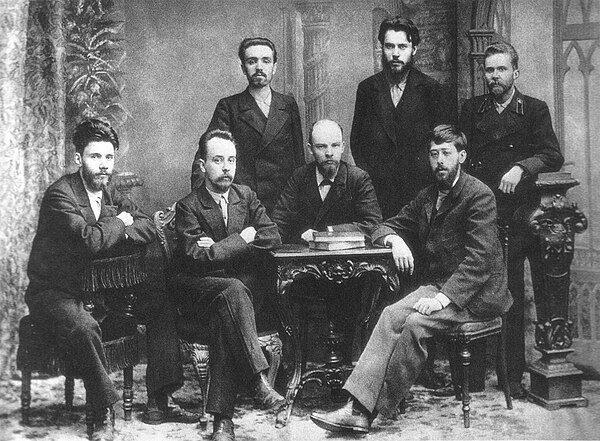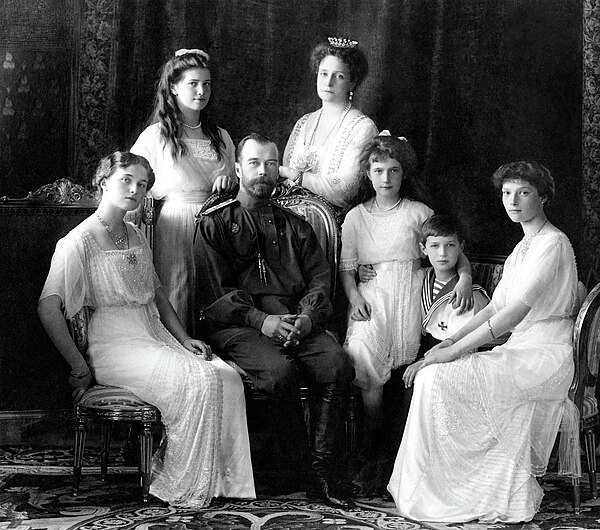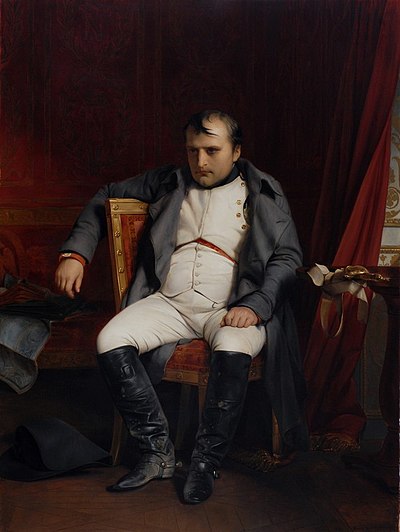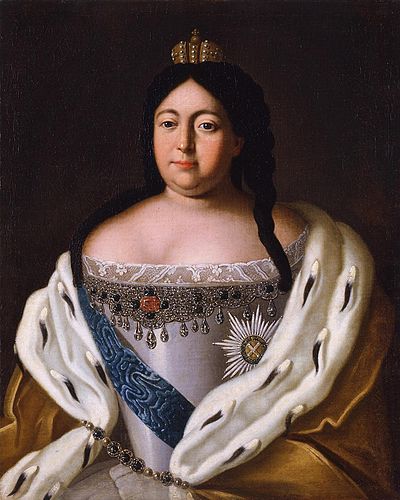
Russian Empire
The Russian Empire was a historical empire that extended across Eurasia and North America from 1721, following the end of the Great Northern War, until the Republic was proclaimed by the Provisional Government that took power after the February Revolution of 1917. The third-largest empire in history, at its greatest extent stretching over three continents, Europe, Asia, and North America, the Russian Empire was surpassed in size only by the British and Mongol empires. The rise of the Russian Empire coincided with the decline of neighboring rival powers: the Swedish Empire, the Polish–Lithuanian Commonwealth, Persia, the Ottoman Empire, and Manchu China. It played a major role in 1812–1814 in defeating Napoleon's ambitions to control Europe and expanded to the west and south, becoming one of the most powerful European empires of all time.

